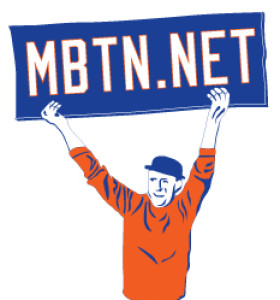It’s been a good Mets season by nearly any measure, but the last game of the first half didn’t go well, and neither did the first game of the second half, or what I call Opening Night for the SHaMs (Second HAlf Mets).
At least we’re not waking up like Red Sox are this morning. Go watch the highlights.
 If you saw the SHaMs last night, you’d have also seen a new beginning of sorts for Travis Blankenhorn, who was called up from AAA for the first time this year, and given a dignified number at last–27. He was 73 last year, but I had to look that up. I kind of remembered him in 72 and got briefly excited because I realized had that been the case, it would have represented a Reverse Carlton Fisk (I was aware too at that moment, that the Sox were down by like 25 runs in the 6th inning) so I thought it was like a signal of … something.
If you saw the SHaMs last night, you’d have also seen a new beginning of sorts for Travis Blankenhorn, who was called up from AAA for the first time this year, and given a dignified number at last–27. He was 73 last year, but I had to look that up. I kind of remembered him in 72 and got briefly excited because I realized had that been the case, it would have represented a Reverse Carlton Fisk (I was aware too at that moment, that the Sox were down by like 25 runs in the 6th inning) so I thought it was like a signal of … something.
 If you’re old, you’ll recall Carlton Fisk was the famous Red Sox catcher who was so damaged by a procedural contractural screwup by Boston that made him a Free Agent after 1980. The Red Sox tendered a contract too late for the deadline despite having agreed to terms, so when Fisk signed, he signed with the White Sox and not the Red Sox, and to stick it to them, he flipped his digits from 27 in Boston to 72 in Chicago, which was really unusual in 1981, not just the number, but any player disrupting tradition because he had the power to do so and be meaningful.
If you’re old, you’ll recall Carlton Fisk was the famous Red Sox catcher who was so damaged by a procedural contractural screwup by Boston that made him a Free Agent after 1980. The Red Sox tendered a contract too late for the deadline despite having agreed to terms, so when Fisk signed, he signed with the White Sox and not the Red Sox, and to stick it to them, he flipped his digits from 27 in Boston to 72 in Chicago, which was really unusual in 1981, not just the number, but any player disrupting tradition because he had the power to do so and be meaningful.
 One way to show how unusual it was, when another player, with arguably more more juice and meaning to his squad, due to a similar procedural screwup that also landed him on the White Sox, four years after Carlton Fisk donned first that powerfully brutalist SOX uniform, put on his for the first time, but it didn’t have No. 14 on the back. Tom Seaver had other reasons of course, but the point is, here was a guy, with a history of being bruised by the team and a reputation of something of a maverick, and who possessed a fastball frightening enough to have given the Mets the brushback pitch they probably deserved, and that may not even have entered his mind in 1985.
One way to show how unusual it was, when another player, with arguably more more juice and meaning to his squad, due to a similar procedural screwup that also landed him on the White Sox, four years after Carlton Fisk donned first that powerfully brutalist SOX uniform, put on his for the first time, but it didn’t have No. 14 on the back. Tom Seaver had other reasons of course, but the point is, here was a guy, with a history of being bruised by the team and a reputation of something of a maverick, and who possessed a fastball frightening enough to have given the Mets the brushback pitch they probably deserved, and that may not even have entered his mind in 1985.
And it’s just not like that today. Players with juice are more Fisk-like generally, and also, don’t have to be Hall of Fame-bound guys who write an unforgettable chapter in baseball history. They also needn’t be pissed off about anything to use their juice to disrupt convention anymore. Juice seems more plentiful, because players have all the juice. So in a sense juice is cheaper, and therefore, player-led disruption is easier, if juice is the fuel of disruption.
 There’s a lot of Mets fans walking around today thinking No. 7 is sacred and destined to be retired for Jose Reyes, not because of Reyes necessarily, but because, in 2019, Marcus Stroman decided it was. That was only after having pitched half-a-season wearing No. 7, an ironic act that itself was disruptive, because there had never been a pitcher before him to have ever worn No. 7, in the history of the club.
There’s a lot of Mets fans walking around today thinking No. 7 is sacred and destined to be retired for Jose Reyes, not because of Reyes necessarily, but because, in 2019, Marcus Stroman decided it was. That was only after having pitched half-a-season wearing No. 7, an ironic act that itself was disruptive, because there had never been a pitcher before him to have ever worn No. 7, in the history of the club.
And for some reason the Mets have actually absorbed this too, since they haven’t issued No. 7 since Marcus Stroman essentially told them not to, and fans seemed to be on his side. The Mets in the meantime have begun retroactively retiring numbers, almost pretending that disruption that rarely existed back then, did, and making people like me want to applaud that they are at least thinking of history while also, wondering what happens when they finally get around to 7 and it’s either Ed Kranepool or Jose Reyes? I personally found this outrageous at first, and I’m still not sure I’m behind this, because to me, retiring numbers ought to be the ultimate thing, but players, and fans, and now clubs, think today maybe, they’ve actually been too thoughtless or even disrespectful. For me personally, I wish the the message was “the Mets actually have had a great and fascinating history, just one not good if you judge ‘great and fascinating’ primarily by the volume of numbers on the wall.” 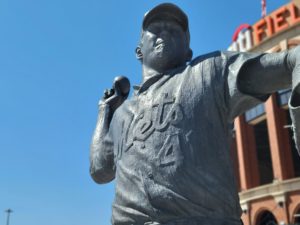 But for the Mets at least, something else is also happening, and that’s the goalposts have moved. Retired numbers are cheaper, because there’s more of them. But actually, statues in front of the ballpark are the new retired number, the retired number is now the Mets Hall of Fame, and the Mets Hall of Fame is now what you pass on the your way to the concession shop, or a waiting room for the outfield wall, depending on which side of the retire-the-number debate you happen to be on, if everything else is to remain truly in perspective.
But for the Mets at least, something else is also happening, and that’s the goalposts have moved. Retired numbers are cheaper, because there’s more of them. But actually, statues in front of the ballpark are the new retired number, the retired number is now the Mets Hall of Fame, and the Mets Hall of Fame is now what you pass on the your way to the concession shop, or a waiting room for the outfield wall, depending on which side of the retire-the-number debate you happen to be on, if everything else is to remain truly in perspective.
 This was pointed out elsewhere, but when Marcus Stroman (who as we recall, chose 0 as his next act of disruption) and Taijuan Walker (a pitcher who not only wears No. 99 but who has never worn a “normal” uniform number in in his career) opposed one another as starting pitchers at Wrigley Field, it represented an unbreakable record for the widest distance between opposing starters’ uni numbers possible. Also, that Adam Ottavino (0) relieved Walker in that game, amplifying the idea that two pitchers with outrageous uniform numbers from a 1981 perspective, is really just a normal thing now.
This was pointed out elsewhere, but when Marcus Stroman (who as we recall, chose 0 as his next act of disruption) and Taijuan Walker (a pitcher who not only wears No. 99 but who has never worn a “normal” uniform number in in his career) opposed one another as starting pitchers at Wrigley Field, it represented an unbreakable record for the widest distance between opposing starters’ uni numbers possible. Also, that Adam Ottavino (0) relieved Walker in that game, amplifying the idea that two pitchers with outrageous uniform numbers from a 1981 perspective, is really just a normal thing now.
 That this happened two weeks ago, and a 23-year-old blog allegedly dedicated to chronicling what happens with Mets uniform numbers is the last to report this, also represents a player-led disruptive change that makes me confront uncomfortable things I’ve also long known, and am learning more about elsewhere in my life. So obsessing about numbers is more plentiful, so that too is also cheaper, and it all has something to do with how baseball players have, over time, gained the upper hand over clubs, and fans. Let’s call this the Stroman-Walker Effect.
That this happened two weeks ago, and a 23-year-old blog allegedly dedicated to chronicling what happens with Mets uniform numbers is the last to report this, also represents a player-led disruptive change that makes me confront uncomfortable things I’ve also long known, and am learning more about elsewhere in my life. So obsessing about numbers is more plentiful, so that too is also cheaper, and it all has something to do with how baseball players have, over time, gained the upper hand over clubs, and fans. Let’s call this the Stroman-Walker Effect.
 And it’s not just star players driving the change. It’s the effect of what happens with all the scrubeenies whom the clubs still rule. I want to argue that the Mets are just lazy when they hustle some meatbag up from the minors wearing No. 86, which might have been necessary in spring training to distinguish him from the all the other guys every club has when spring training begins. That’s why Travis Blankenhorn looked like an idiot out there last year wearing 73. I also want to say I am just lazy when I fail to update the blog and alert the world. But it’s possible also the Stroman-Walker Effect has penetrated baseball culture to a point where a 1981 perspective on what was “appropriate” to wear when you’re in the act of being a Major League Baseball player is just irrelevant anymore. And a 1999 perspective on the fans’ need to know who wore what when also might make this site less useful and gather more dust every day. I’ve known this for a long time, but feel like I should I acknowledge that publicly somehow.
And it’s not just star players driving the change. It’s the effect of what happens with all the scrubeenies whom the clubs still rule. I want to argue that the Mets are just lazy when they hustle some meatbag up from the minors wearing No. 86, which might have been necessary in spring training to distinguish him from the all the other guys every club has when spring training begins. That’s why Travis Blankenhorn looked like an idiot out there last year wearing 73. I also want to say I am just lazy when I fail to update the blog and alert the world. But it’s possible also the Stroman-Walker Effect has penetrated baseball culture to a point where a 1981 perspective on what was “appropriate” to wear when you’re in the act of being a Major League Baseball player is just irrelevant anymore. And a 1999 perspective on the fans’ need to know who wore what when also might make this site less useful and gather more dust every day. I’ve known this for a long time, but feel like I should I acknowledge that publicly somehow.
If this feels like a “retirement speech,” it’s not, it’s just that Travis Blankenhorn appearing somewhat unexpectedly in the Mets’ starting lineup last night, somehow knocked something loose for me, and now it’s splattered like blood on the page. And it was a little reassuring, yet also made me think enough to write the first substantial post in a long time here, that Travis Blankenhorn came out wearing No. 27 last night.
 Back to baseball for a moment, and I should mention that Travis Blankenhorn’s tenure, as the 30th player in club history to have worn No. 27 for the Mets and the first since Juerys Familia, was over almost before it started. Because shortly before last night’s game, the Mets shipped relief pitcher Colin Holderman to the Pittsburgh Pirates, for Daniel Vogelbach. I just want a second to say I liked Holderman, and his departure is as sure as a sign as any more deals are to come for the SHaMs.
Back to baseball for a moment, and I should mention that Travis Blankenhorn’s tenure, as the 30th player in club history to have worn No. 27 for the Mets and the first since Juerys Familia, was over almost before it started. Because shortly before last night’s game, the Mets shipped relief pitcher Colin Holderman to the Pittsburgh Pirates, for Daniel Vogelbach. I just want a second to say I liked Holderman, and his departure is as sure as a sign as any more deals are to come for the SHaMs.
Vogelbach, who doesn’t appear to have been issued a number yet–but I might gamble is 27 despite Blankenhorn’s right to it as long as he’s on the 40-man roster, because of the Stroman-Walker Effect on clubs– will also make Mets uniform history soon but not for the number: It’s possible they just won’t have a uniform in his size. I don’t know if you’ve seen this guy, but he’s a low-average punisher of right-handed pitching generously described as an “infielder” but like, even his hair is fat. And his nickname is “The Babe.” I don’t know if the Mets have ever had a player quite this size. Heath Bell was a hefty guy. Mickey Lolich was kind of walrus-like. Vogelbach is something else, and for the moment, he’s the Man, for the SHaMs.
Oh and just in: In a separate deal, just reported non Twitter as I was writing, the Mets also paid cash to the Pirates for some guy called Michael Perez, a left-handed hitting catcher with a career .155/.204/.305 slash line in 193 games over five years with Tampa Bay and Pittsburgh. This must related to Tomas Nido‘s injury yesterday, but talk about your SHaM Poo.
![]() Wearing No. 29, batting lefthanded, tall guy with some power–it’s not Ike Davis (or Dave Magadan). It’s Jared Young! A journeyman slugger from Canada, Young suddenly appeared as the regular DH one day and hasn’t stopped playing since (at least against right handers). I will give earwitness testimony that his home run in Citi Field on Tuesday was the loudest shot in an inning full of loud shots. He hits the ball hard.
Wearing No. 29, batting lefthanded, tall guy with some power–it’s not Ike Davis (or Dave Magadan). It’s Jared Young! A journeyman slugger from Canada, Young suddenly appeared as the regular DH one day and hasn’t stopped playing since (at least against right handers). I will give earwitness testimony that his home run in Citi Field on Tuesday was the loudest shot in an inning full of loud shots. He hits the ball hard.![]() Elsewhere on the transaction front we’ve seen a shuffling of back-end relief workers. At the moment, Chris Devenski (49) is back up with the Mets and Brandon Waddell (82) is down. Waddell got smacked around by the White Sox the other day but leaves the Mets with a lone lefty in the bullpen. Genesis Cabrera (92) and Jose Azocar (28), cashiered for Waddell and Young, respectively, refused to participate in another go-round in Syracuse and found themselves new employers. Cabrera signed with the Cubs and Azocar is with the Braves.
Elsewhere on the transaction front we’ve seen a shuffling of back-end relief workers. At the moment, Chris Devenski (49) is back up with the Mets and Brandon Waddell (82) is down. Waddell got smacked around by the White Sox the other day but leaves the Mets with a lone lefty in the bullpen. Genesis Cabrera (92) and Jose Azocar (28), cashiered for Waddell and Young, respectively, refused to participate in another go-round in Syracuse and found themselves new employers. Cabrera signed with the Cubs and Azocar is with the Braves.![]() The next big shakeup for the Mets could come when the pitchers start returning from the disabled list. Paul Blackburn is expected today.
The next big shakeup for the Mets could come when the pitchers start returning from the disabled list. Paul Blackburn is expected today.







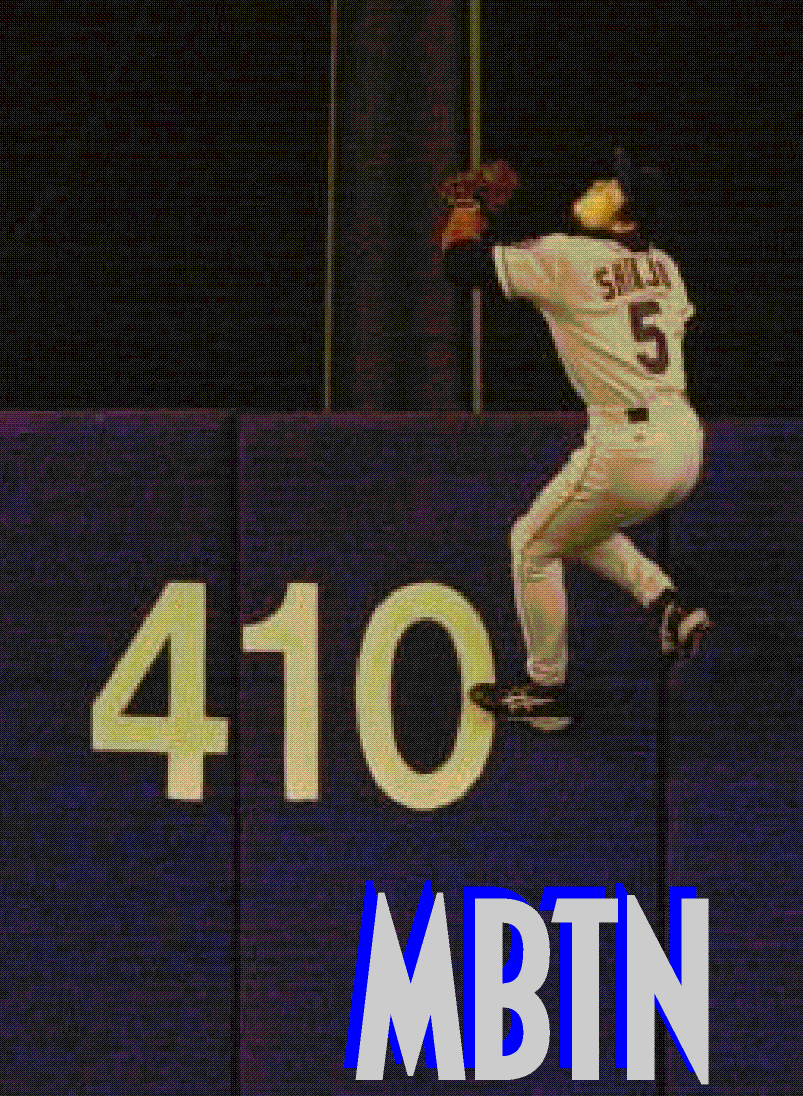 It was 25 years ago this week (the 22nd actually) that the Mets by the Numbers project first published on the Internet. The earliest versions of the site seem to have vanished but
It was 25 years ago this week (the 22nd actually) that the Mets by the Numbers project first published on the Internet. The earliest versions of the site seem to have vanished but 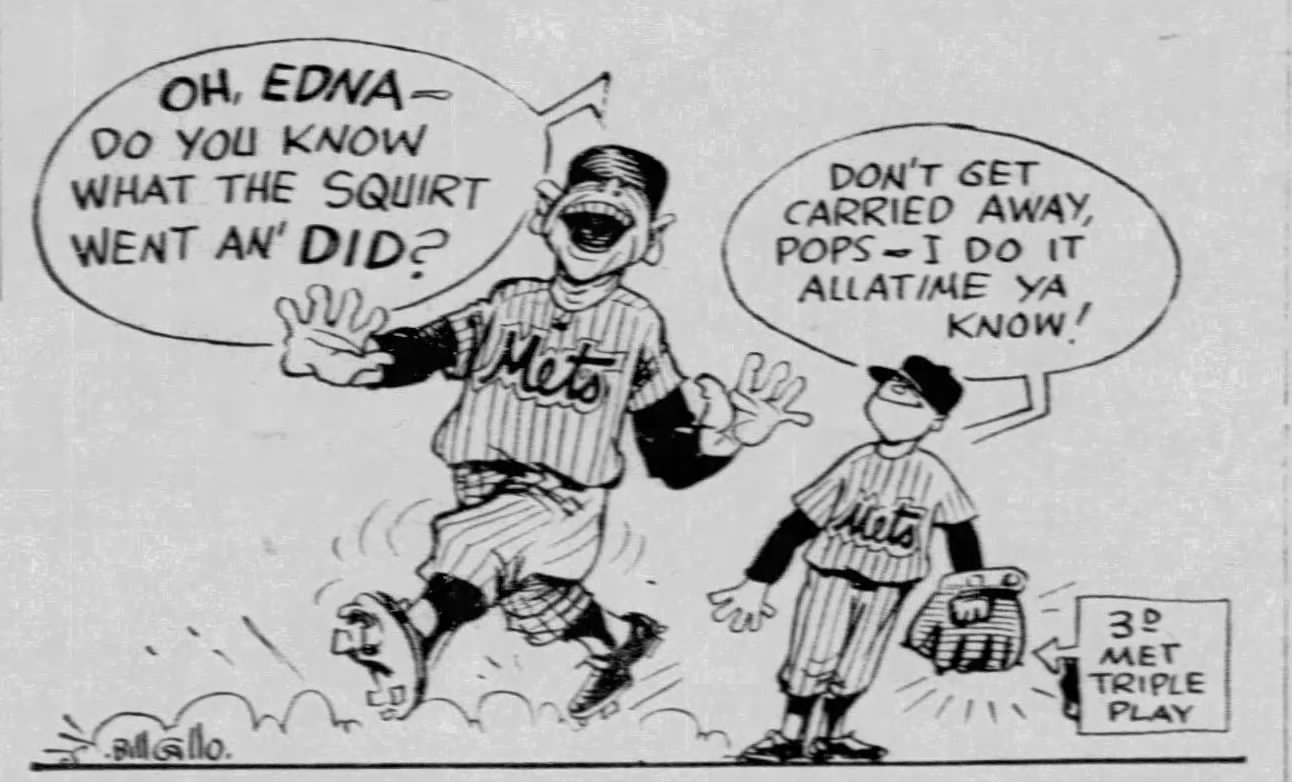
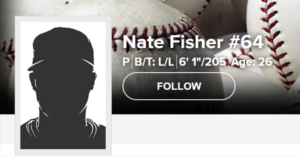 How obscure was Fisher? Now that players and personalities dominate the game, his profile page looks like this.
How obscure was Fisher? Now that players and personalities dominate the game, his profile page looks like this.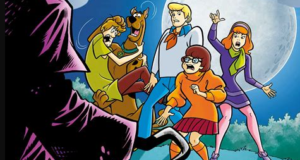
 But for the Mets at least, something else is also happening, and that’s the goalposts have moved. Retired numbers are cheaper, because there’s more of them. But actually, statues in front of the ballpark are the new retired number, the retired number is now the Mets Hall of Fame, and the Mets Hall of Fame is now what you pass on the your way to the concession shop, or a waiting room for the outfield wall, depending on which side of the retire-the-number debate you happen to be on, if everything else is to remain truly in perspective.
But for the Mets at least, something else is also happening, and that’s the goalposts have moved. Retired numbers are cheaper, because there’s more of them. But actually, statues in front of the ballpark are the new retired number, the retired number is now the Mets Hall of Fame, and the Mets Hall of Fame is now what you pass on the your way to the concession shop, or a waiting room for the outfield wall, depending on which side of the retire-the-number debate you happen to be on, if everything else is to remain truly in perspective.